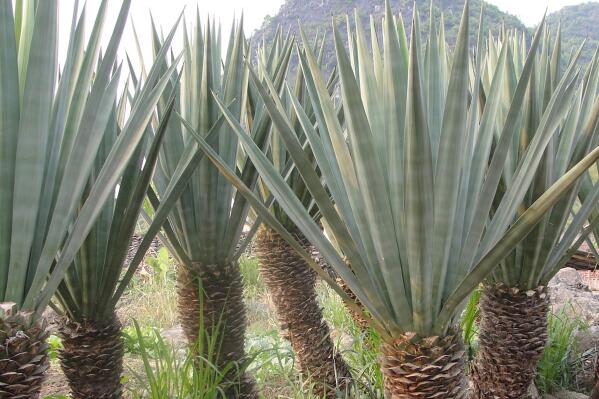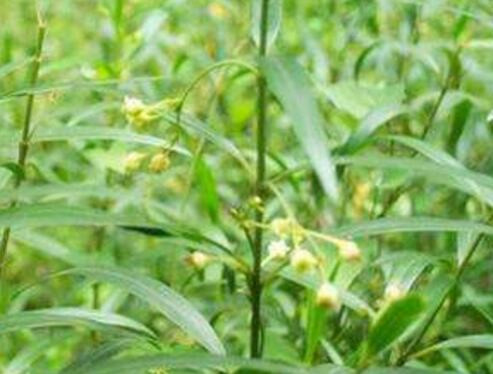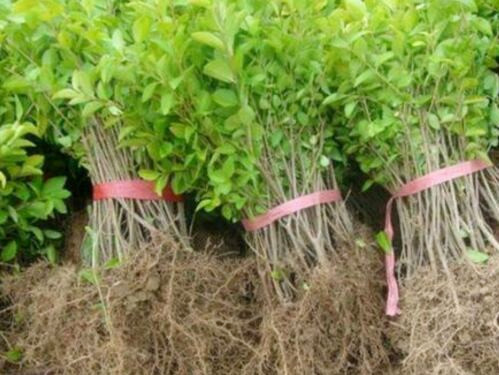How much does a small seedling of asparagus branch sisal cost? How much do you earn by planting an acre? What are the technologies?
Sisal, also known as pineapple hemp, tequila, tequila, is a perennial tropical hard leaf fiber crop, which is the most widely used and widely used hard fiber in the world. So how much is the sisal seedling? How much do you earn by planting one mu? What are the technologies?

How much is the price of sisal seedlings?
Seedling name crown width (cm) price (yuan) sisal 301.8mm 2.5 sisal 504.5mm 7 sisal 608m 11 sisal 8018mm 25 sisal 10030045
How much does one mu of sisal earn from planting sisal?
1. The yield per mu of sisal can reach about 3 tons, but the extracted plant fiber per mu can only be extracted between 300KG and 500KG. Sisal likes the high slope environment of high temperature, humidity and uniform rainfall, especially high temperature, dryness, sufficient sunshine during the day and foggy climate at night, so we must pay attention to these problems when planting.
2. According to the current purchase price of 250 yuan per ton, the output value per mu is about 2500 yuan, which is more than 1000 yuan higher than that of planting drought-tolerant crops such as cassava, corn, sugarcane and so on. Sisal is a perennial leaf fiber crop, and it is also the most widely used and widely used hard fiber in the world. Because the hard fiber has the characteristics of pure white, tough texture (strong pulling force) and rich elasticity.
What are the planting techniques of sisal?
1. Environment: sisal likes to grow in a high slope environment with high temperature and humidity, and the rainfall should be very evenly distributed, especially in the climate of light, dryness and high temperature during the day, and the foggy environment is the best at night.
2. Soil: sisal has a very strong ability to adapt to the environment, relatively resistant to barren and drought, but afraid of waterlogging, strong growth ability, and a wide range of adaptation. It is suitable for planting in sandy soil with good drainage, loose, low groundwater level and fertile soil, but it is not suitable for planting in often wet or poorly drained soil.
Temperature: suitable for growing in an environment of 27-30 degrees Celsius, the highest temperature can not exceed 40 degrees Celsius, the lowest temperature can not exceed 16 degrees Celsius, the average annual rainfall is 1200-1800mm, and the temperature difference between day and night can not exceed 7-10 degrees Celsius. Its cold tolerance is very low, often cold will cause physiological leaf spot disease, which is not conducive to the growth of sisal.
3. Pest control: focus on the prevention and control of anthracnose, leaf spot, blight and other diseases. The specific measures include planting shelterbelt and covering crops, paying attention to field drainage, cultivating strong seedlings, paying attention to the ratio of nitrogen, phosphorus and potassium, increasing potassium fertilizer, timely weeding, removing pathogens in winter, chemical control and so on. Colletotrichum gloeosporioides can be sprayed with Bordeaux solution after heavy rain, and zebra disease can be sprayed 3-4 times with dimethicone (1-100), cresol soap (1-200) and Kuijing (1-100). The main pests are shell insects, weevil, red spiders and so on. For shell insects, spread turpentine mixture; weevil can be killed with green bait when adults are first unearthed. Red spider can be sprayed with 0.3-0.5 degree Baumedu stone sulfur mixture, once every 5-7 days, 2-3 times in a row.
4. Harvest: 2-3 years after planting, the number of leaves reached 40-50, the length of leaves was more than 1 meter, the angle between leaves and the ground was 45 °, the color of leaves became lighter, and the suitable harvest time was when the white wax powder disappeared. When cutting leaves, 30 leaves should be left, and the leaves should be cut 3 cm near the base of the leaves. The cut leaves should be bundled up in time and shipped to the factory for processing, not more than 2-3 days.
Time: 2019-03-19 Click:
- Prev

(medicinal plants) how much is the price of Xu Changqing per jin? How to plant it? What are the effects and effects?
Xu Changqing is distributed in Heilongjiang, Jilin, Liaoning, Hebei, Henan, Shandong, Inner Mongolia, Jiangsu, Zhejiang, Jiangxi, Fujian, Hubei, Hunan, Guangdong and other places. It has high medicinal value. So, how much is the price of Xu Changqing per jin? How to plant it? What are the effects and effects? It is understood that
- Next

How much is the seed price of Ligustrum lucidum per jin? How to plant it? How do you eat it? What are the effects and effects?
Ligustrum lucidum, also known as Ligustrum lucidum, holly, ash tree, mouse catalpa, originated in the Yangtze River Basin of China and all parts of the south, Henan, Shaanxi, Gansu and other places. It has high medicinal value. So, how much is the seed price of Ligustrum lucidum per jin? How to plant it? How do you eat it? What are the effects and effects? It is understood that
Related
- Fuxing push coffee new agricultural production and marketing class: lack of small-scale processing plants
- Jujube rice field leisure farm deep ploughing Yilan for five years to create a space for organic food and play
- Nongyu Farm-A trial of organic papaya for brave women with advanced technology
- Four points for attention in the prevention and control of diseases and insect pests of edible fungi
- How to add nutrient solution to Edible Fungi
- Is there any good way to control edible fungus mites?
- Open Inoculation Technology of Edible Fungi
- Is there any clever way to use fertilizer for edible fungus in winter?
- What agents are used to kill the pathogens of edible fungi in the mushroom shed?
- Rapid drying of Edible Fungi

